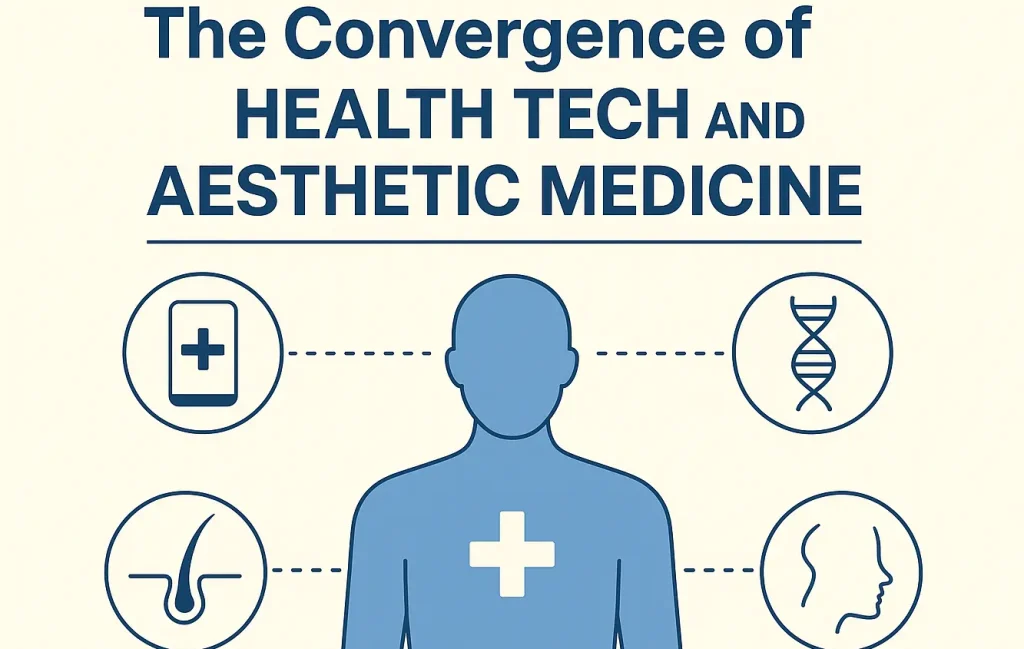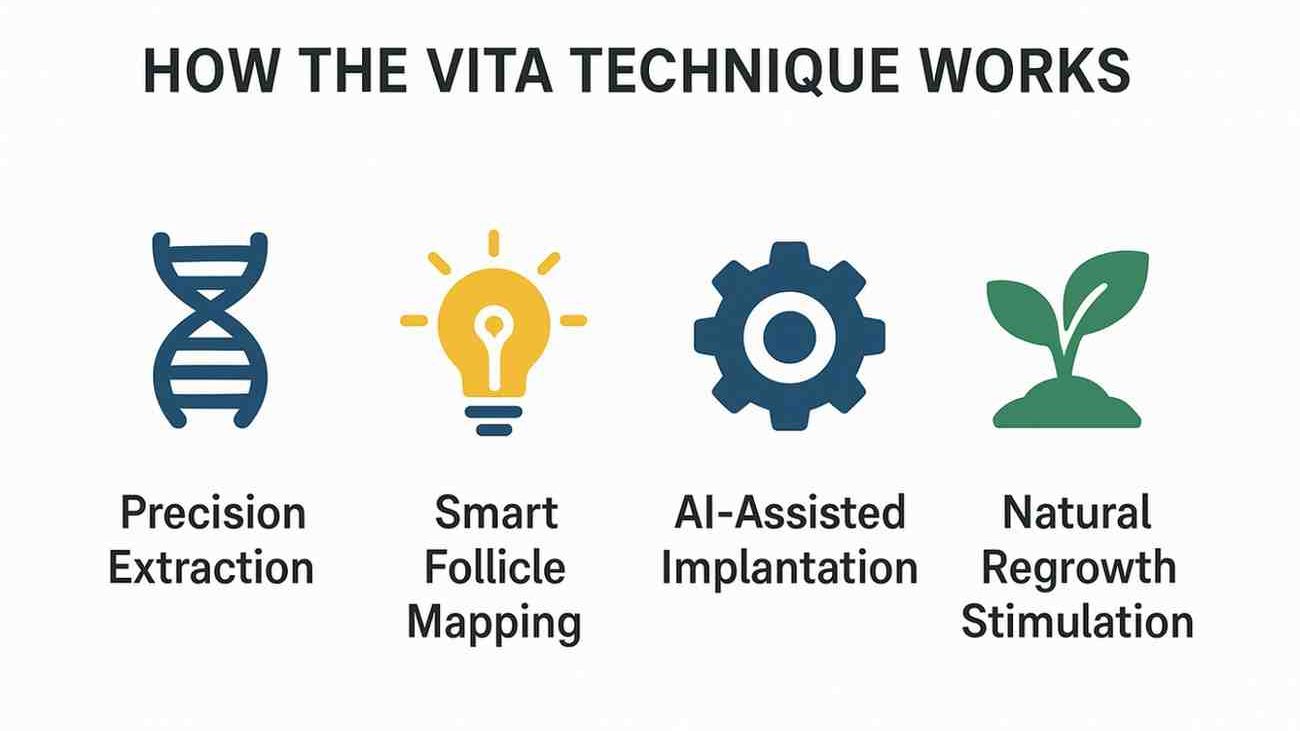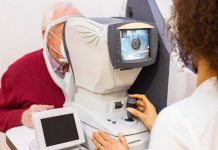The Rise of Hair Technology and Its Role in Global Health Tourism
In health technology circles, breakthroughs in telemedicine, genomics, and wearable sensors often steal the spotlight. But tucked behind the scenes, hair tech is quietly revolutionizing health tourism, especially in destinations like Turkey. What once was cosmetic vanity is now becoming part of the high-tech medical frontier, and it’s changing where and how people travel for care.
If you had asked me a few years ago whether someone would fly overseas for a hair transplant, I might have raised an eyebrow. But today, seeing patients from dozens of countries arriving in Istanbul for advanced hair procedures tells a different story. For many, this is no longer about vanity; it’s about restoring dignity, confidence, and life balance using state-of-the-art medical technology. According to Statista, the average cost of a hair transplant in Turkey was USD 2,676 in 2021, underscoring the country’s competitive edge in providing high-quality, affordable treatments that attract patients from around the world.
Table of contents
- The Rise of Hair Technology and Its Role in Global Health Tourism
- The Convergence of Health Tech and Aesthetic Medicine
- Turkey at the Center of Hair Tech Tourism
- What “Hair Tech” Means in Practice
- The Role of the Vita Technique in Modern Hair Tech
- Comparing Clinics, But Thinking Tech-First
- Challenges & Ethical Considerations
- Why This Quiet Revolution Matters for Health Tourism
- Final Thoughts
The Convergence of Health Tech and Aesthetic Medicine

Traditionally, aesthetic treatments were seen as elective, driven by appearance rather than health. But as technology evolves, the line between cosmetic and medical is blurring. In hair restoration, innovations now include:
- 3D scalp mapping and AI prediction systems that simulate results and guide graft placement
- Robotic harvesting systems with micro-precision for minimal trauma
- Digital planning platforms integrated with surgical tools
- Advanced post-op monitoring via apps and sensors
These technologies reduce risk, improve consistency, and shorten recovery. And they make it more feasible to offer premium hair procedures to international patients, turning clinics into global health hubs.
Turkey at the Center of Hair Tech Tourism
Turkey is already a major player in global hair tourism. Many people researching turkey hair transplant are drawn by the promise of high-quality procedures at comparatively lower prices. But what’s changing is why people go now. It’s not just cost it’s access to technical sophistication.
Where other countries might offer the basics, some Turkish clinics now blend standard techniques with data-driven innovation. Patients go for the renowned skill AND the advanced planning, automation, and tech support behind the scenes.
Even factoring in travel and stay, many see the math: the turkey hair transplant cost is often significantly lower than comparable procedures in Europe or North America, but the quality and tech factor can surpass expectations.
What “Hair Tech” Means in Practice
Let’s dig into how this tech integration shows up in real-world hair restoration:
Preoperative Digital Planning
Imagine your scalp is scanned in 3D. Software models the donor zones, simulates graft placement, estimates survival rates, and lets you preview your result. Surgeons use that blueprint to guide each step.
Robotic and Assisted Harvesting
Robotic arms or mechanized tools assist surgeons in extracting follicles with micro precision, reducing trauma. That means faster healing and fewer side effects.
Precision Implantation & Angle Control
Instead of freehand placements, some systems integrate controls to maintain natural angles, distribution patterns, and density consistency.
Post-Operative Monitoring & Feedback
Apps can track healing, patient compliance (medications, nutrition), and early signs of trouble. That means faster interventions if something isn’t healing perfectly.
When you combine all of these, the surgery becomes less of a gamble and more of a counted, controlled medical procedure.
The Role of the Vita Technique in Modern Hair Tech

Among these innovations, one method is gaining attention: the Vita Technique. It combines digital planning and graft optimization to push toward more predictable results. Rather than just harvesting and placing, the Vita system designs the surgery in silico first, modeling how each graft should behave.
When implemented well, Hair transplant with Vita Technique bridges the gap between traditional artistry and full tech integration. It’s not a silver bullet; not everyone will need it, but for patients with more extensive hair loss or ambitious goals, it’s a leading-edge option.
Comparing Clinics, But Thinking Tech-First
If you’re considering hair restoration abroad, here’s what to ask beyond “cost”:
- Do they use digital planning tools?
- Are any robotic or assisted systems involved?
- Can they simulate your result before surgery?
- Is post-op monitoring integrated with an app or platform?
- What track record do they have in international patients?
A clinic’s “tech stack” is becoming as crucial as the surgeon’s credentials. The more innovation they embed, the more predictable the experience becomes and the more confident patients feel flying thousands of miles for care.
Challenges & Ethical Considerations
With any emerging tech comes questions:
- Cost transparency: High-tech systems are expensive. Clinics need to avoid inflationary markups and clearly explain what’s being added.
- Data privacy: 3D scans, patient apps, and digital records must protect personal data.
- Overpromising results: Even the best tech can’t override biology. Clinics must set realistic expectations.
- Training & oversight: Just because a clinic has a robot doesn’t mean the staff know how to use it safely.
Patients should always vet credentials, ask for medical board verifications, and see before/after results under consistent lighting.
Why This Quiet Revolution Matters for Health Tourism
The fusion of tech and aesthetics changes the calculus of medical travel. Consider
- More consistent outcomes reduce the “risk premium” patients feel when going abroad.
- Shorter recovery & complication mitigation means less time in a foreign country.
- Data-driven customization provides personalization that even top domestic clinics might lack.
- Global competition on quality rather than price elevates the industry standard worldwide.
For destinations like Istanbul, it’s not just about being low-cost, it’s about being high-tech.
Final Thoughts
Health tech headlines often focus on genetic editing, wearables, or data analytics. But in the quieter corners, fields like hair restoration are quietly evolving, blending aesthetics, medicine, and innovation.
For those exploring turkey hair transplant options, the real differentiator in the coming years won’t just be price; it’ll be tech sophistication and outcome predictability. The future is already here in clinics like Istanbul Vita, where science, art, and care converge.
If you’re considering hair restoration, don’t just ask “how much does it cost?” Ask: Which tech are they using? Because in this new era, that question might be the one that determines whether your results feel custom-made or generic.











